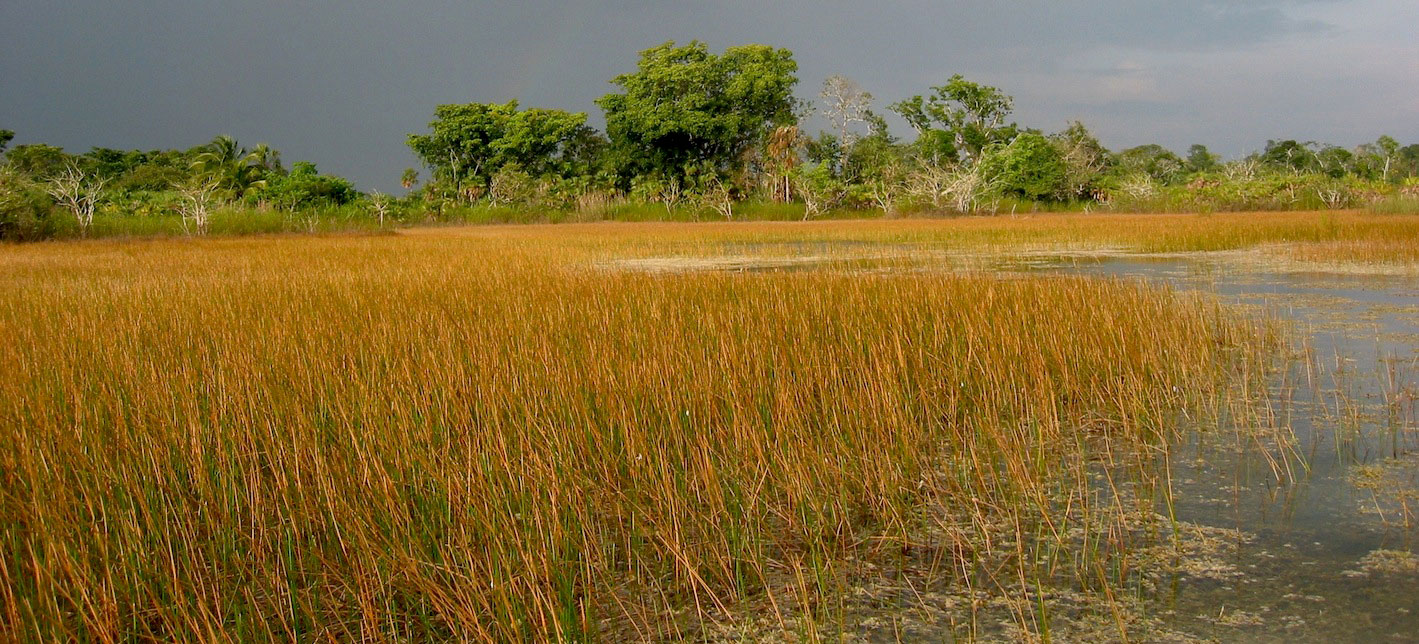Functional Flows Model
Participants
Background
Habitat units in rivers, also known as physical habitat, are defined as zones with characteristic physical attributes where organisms perform ecological functions, defined as the ways in which organisms interact with each other and their environment. Habitat functions are defined as the subset of ecological functions that relate to habitat units. The attributes of physical habitat in rivers stem from the interaction among hydrologic, hydraulic and geomorphic processes. These watershed and stream processes determine measurable habitat conditions for the natural occurrence of transient ecologic functions. A great number of methods for evaluating physical habitat exist; many of them have been developed within the context of environmental flow assessment. After classifying a selection of habitat evaluation methods based on the inclusion of hydrologic/hydraulic, geomorphic and ecologic processes (see figure below), it became clear that existent approaches lack the integration of necessary physical and ecological processes.
Purpose
The overall goal of this study was to develop a simple model to determine ecological functionality for a reach at the habitat-unit scale, with each unit represented by a characteristic cross section. The model is called the ‘Functional Flows Model’ (FFM), because it identifies ranges of streamflow that interact with river bed morphology through hydraulic processes serving ecological functions. The FFM constitutes a robust conceptual framework to identify ecological functions and their relation to physical processes. It also provides an approach to assess functionality of habitat units. It could be applied to any situation in which ecological functions are linked to hydrologic regime and geomorphic channel change. The specific objectives of this study were to (1) present a conceptual framework of relevant hydraulic and sediment transport processes that determine in-stream habitat conditions; (2) generate algorithms based on the conceptual model to yield quantitative predictions of ecological functionality; and (3) investigate the non-linear dynamism of the proposed algorithms to explore the range of functional conditions and to determine combinations of key parameters that yield functional flows for fall-run Chinook salmon spawning habitat
The FFM Code
The analytical model was programmed into Mathematica (v. 5.0). Click here to download the package with the code. No technical support is provided at this time. By downloading the FFM code you accept that the programmer(s)/author(s) shall not be held liable for calculations and/or decisions made on the basis of application of the FFM code and its related components.
FFM Applications
The FFM model was prepared to evaluate cobble/gravel-bed riffle functionality for fall-run Chinook salmon with respect to river rehabilitation on the Mokelumne River and flood-induced channel change on the Yuba River. The goal was to test if differences in ecological performance were traceable to differences in hydrogeomorphic conditions. Ecological functions studied were bed occupation (spawning, incubation and emergence) and bed preparation (river bed reworking periods)- both reliant on shear stress dynamics. Model outputs included number of days that have functional flows, ranges of functional flows that provide favourable sediment transport stages and the efficiency of a site to produce functional flows. Statistical significance of results was tested using non-parametric tests. Functional flows analyses before and after geomorphic alteration indicate that river rehabilitation on the lower Mokelume River increased the number of days with functional flows, while the Yuba River May 2005 flood increased the functional ranges of flows for the test sites. Reach-scale analyses indicated similar ecological performance at reference sites in both rivers. A comparison between both rivers showed that despite a greater geomorphic potential of the Mokelumne River sites to have functional flows, Yuba River sites actually experienced better ecological performance for fall-run Chinook salmon freshwater life stages due to greater flow availability.
The graphic below illustrates the number of functional days for each of three cross-section sites in Timbuctoo Bend of the lower Yuba River in north-central California for two different water year types. Each cross-section site was visited before and after a flood whose instantaneous peak was ~8.5 times bankfull dischage, so the cross-sections all changed. Water year type 1 is a drier year and water year type 2 is a wetter year. Each site exhibited a different combination of days of functionality for the two functions evaluated, which were Pacific salmon spawning bed preparation and occupation, as a function fo water year type and cross-secitonal shape before and after the flood.

FFM Publications
- Escobar-Arias, M. I. and Pasternack, G. B. 2010. A Hydrogeomorphic Dynamics Approach to Assess In-Stream Ecological Functionality Using the Functional Flows Model, Part 1- Model Characteristics. River Research and Applications 26: 1103-1128, doi: 10.1002/rra.1316.
- Escobar-Arias, M. I. and Pasternack, G. B. 2011. Differences in River Ecological Functions Due to Rapid Channel Alteration Processes in Two California Rivers Using the Functional Flows Model, Part 2- Model Applications. River Research and Applications 27:1-22, doi: 10.1002/rra.1335.


